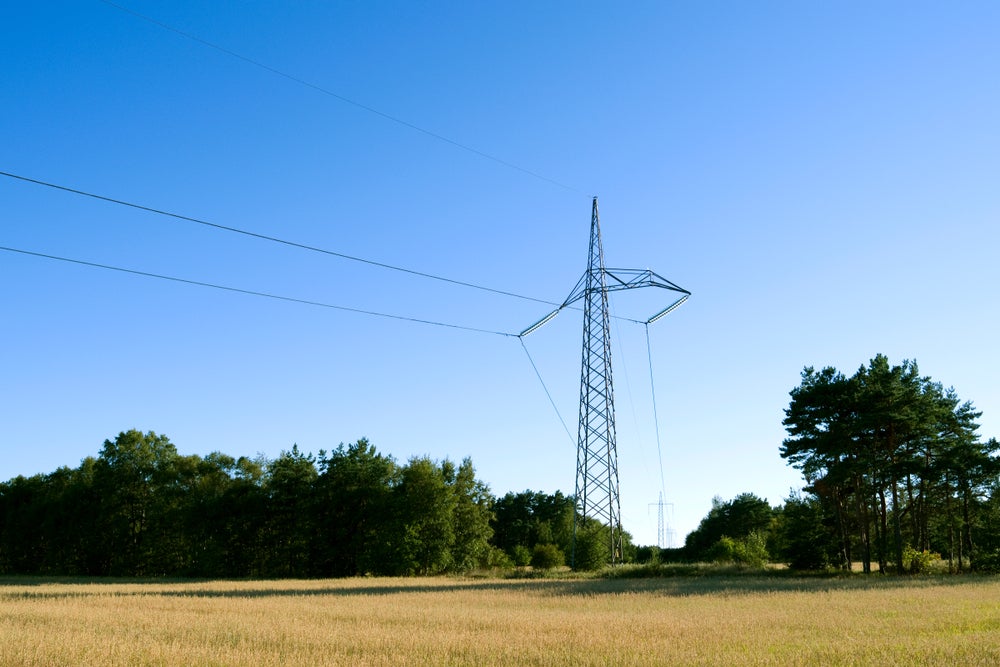The Electrical Reliability Council of Texas (ERCOT), the main grid operator for US state Texas’ power supply, said on Thursday it had deployed its emergency system as electricity reserves continue to wane.
ERCOT operates the grid for more than 26 million customers, equivalent to approximately 90% of the state’s power load. Backup power reserves dropped below the critical 3GW level needed to maintain reliable supply, the operator said, as heatwaves across the southern US continue to drive up energy usage. At 20:37 CDT on Thursday, the company said it had operating reserves of 2.9GW.
The Emergency Response Service aims to help decrease the need for large-scale load shedding, principally by paying various bodies to arrange with residents and businesses to either reduce their consumption or increase power generation across the state. ERCOT also urged customers to reduce power use between 15:00 and 20:00 CDT on Thursday to lessen demand.
Power use is projected to hit 87.1GW on Friday. If this is met, it would set yet another record in the state for this summer as temperatures continue to regularly hit 40°C, according to AccuWeather.
At the beginning of the month, power use in Texas rose to a record high for the seventh time this summer. At the time, ERCOT said it had enough backup resources to meet the soaring demand thanks largely to increased output from solar and wind energy in the state. Since then, electricity use has continued to rise and supply from wind power is expected to dwindle, ERCOT said, making the situation less stable.
Grid stability has been a matter of concern for Texas residents since a deadly winter storm hit the state in February 2021. As temperatures fell as low as -15°C, a power crisis ensued, disconnecting more than four million citizens from the grid, killing hundreds and causing an estimated $195bn in infrastructure damage. Energy prices also shot up, forcing financial hardships on communities and sending several smaller utilities into bankruptcy.
A lack of preparation for the freezing conditions is considered a key reason for the crisis that followed the storm. While peak demand at the time hit well below that seen this summer, ending at 69GW, this represented an significant record for the time of year.









